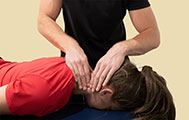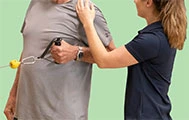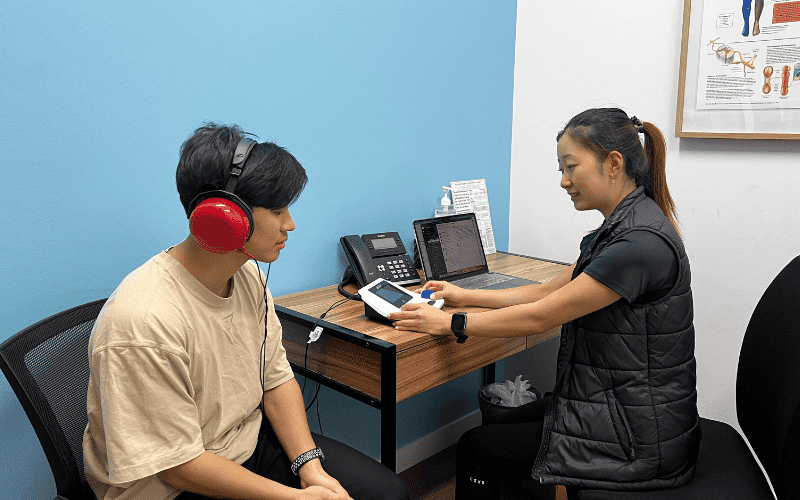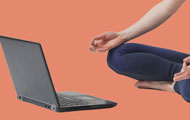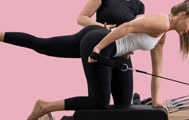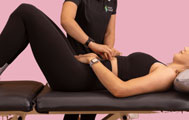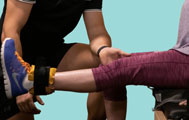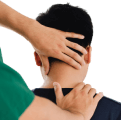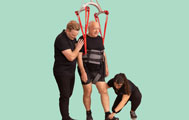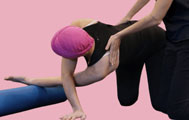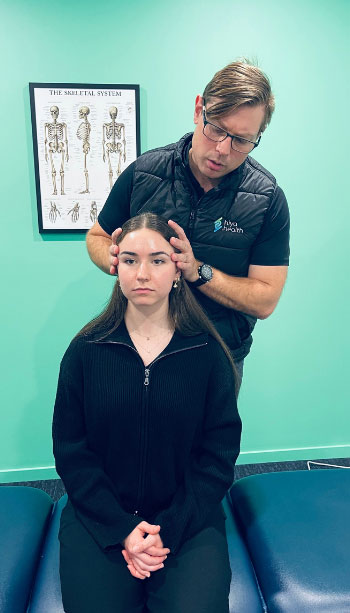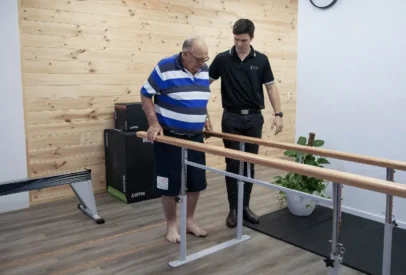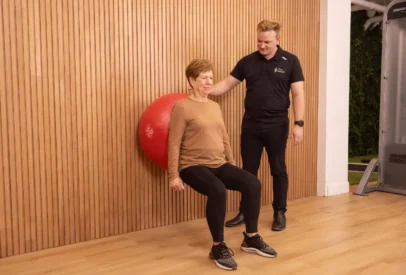Acute ankle injuries and how can Physiotherapy help?

An ankle injury is one of the most common acute sporting injuries accounting for about 14% of all sport related injuries. Among these, 80% are ligament sprains that occur with forced movement inwards (inversion) of the ankle. There is a high rate of recurrent injuries and instability in patients that sustain an ankle sprain. Up to 40% of patients that initially have an ankle injury will experience persistent symptoms, recurrent sprains and chronic ankle instability.
The ankle contains three joints:
- Talocrural Joint (the ankle): formed between the tibia and talus bone. Allows movements of the ankle up (dorsiflexion) and down (plantarflexion).
- Inferior tibiofibular joint
- Subtalar joint: formed between the talus and calcaneus. Allows movements of the ankle inwards (inversion) and outwards (eversion).
The ankle also contains ligaments that surround and provide support during movement. These include:
- Lateral ligaments
- – Anterior talofibular ligament
- – Calcaneofibular ligament
- – Posterior talofibular ligament
- Medial ligaments
- Syndesmotic ligaments
The most common ligaments that are sprained are the lateral ligaments and occur when there is forced inwards movement (inversion) of the ankle which stresses these ligaments.
How can Physiotherapy help with an ankle injury?
Mild to moderate ankle sprains typically recover in one to two weeks. However, the majority of ligament injuries will need a rehabilitation period over at least six to twelve weeks before return to sport to avoid recurrent injury and ankle instability. Physiotherapy for an acute ankle injury may begin with a focus on the following three areas to prevent recurrent injuries:
- Restoring full movement of the ankle
- Improving balance
- Increase strength of the surrounding muscles around the ankle
Tips and Self Help advice for ankle sprains
Medical Disclaimer: Please seek advice from a medical professional or healthcare provider if you have currently injured your ankle.
Initially if you experience an ankle sprain it is recommended to follow the POLICE protocol: protection, optimal loading, ice, compression and elevation.
- It is recommended to encourage loading through the ankle as you are able to and initially if needed use crutches for comfort if you are unable to bear weight.
- Compression can be achieved with use of an elastic bandage or ankle support.
- Elevate the area above the level of the heart for the first 24 to 48 hours as you are able too and continually ice the area.
Why Choose Hiya Health?
With state-of-the-art facilities to provide care and experience working with the general population and also a sports population we encompass a holistic approach to manage your ankle injuries and ensure that you can return to sport at a 100% capacity. Schedule your appointment with Hiya Health Today!
Book an appointment with a physiotherapist today
If you are experiencing pain from an ankle injury or sprain and are considering seeing a physiotherapist, why not book an initial appointment today?
Author: Sophie Gunn, Physiotherapist
References
Erdurmuş, Ö. Y., Oguz, A. B., Genc, S., Koca, A., Eneylı, M. G., & Polat, O. (2023). Comparison of the effects PRICE and POLICE treatment protocols on ankle function in patients with ankle sprain. Ayak bileği burkulması olan hastalarda PRICE ve POLICE tedavi protokollerinin ayak bileği fonksiyonu üzerindeki etkilerinin karşılaştırılması. Ulusal travma ve acil cerrahi dergisi = Turkish journal of trauma & emergency surgery : TJTES, 29(8), 920–928. https://doi.org/10.14744/tjtes.2023.29797
Golanó, P., Vega, J., de Leeuw, P. A. J., Malagelada, F., Manzanares, M. C., Götzens, V., & van Dijk, C. N. (2010). Anatomy of the ankle ligaments: a pictorial essay. Knee Surgery, Sports Traumatology, Arthroscopy : Official Journal of the ESSKA, 18(5), 557–569. https://doi.org/10.1007/s00167-010-1100-x
Herzog, M. M., Kerr, Z. Y., Marshall, S. W., & Wikstrom, E. A. (2019). Epidemiology of Ankle Sprains and Chronic Ankle Instability. Journal of Athletic Training, 54(6), 603–610. https://doi.org/10.4085/1062-6050-447-17
Roemer, F. W., Jomaah, N., Niu, J., Almusa, E., Roger, B., D’Hooghe, P., Geertsema, C., Tol, J. L., Khan, K., & Guermazi, A. (2014). Ligamentous Injuries and the Risk of Associated Tissue Damage in Acute Ankle Sprains in Athletes: A Cross-sectional MRI Study. The American Journal of Sports Medicine, 42(7), 1549–1557. https://doi.org/10.1177/0363546514529643
Subscribe to e-news
Receive the latest health tips and news straight to your inbox
